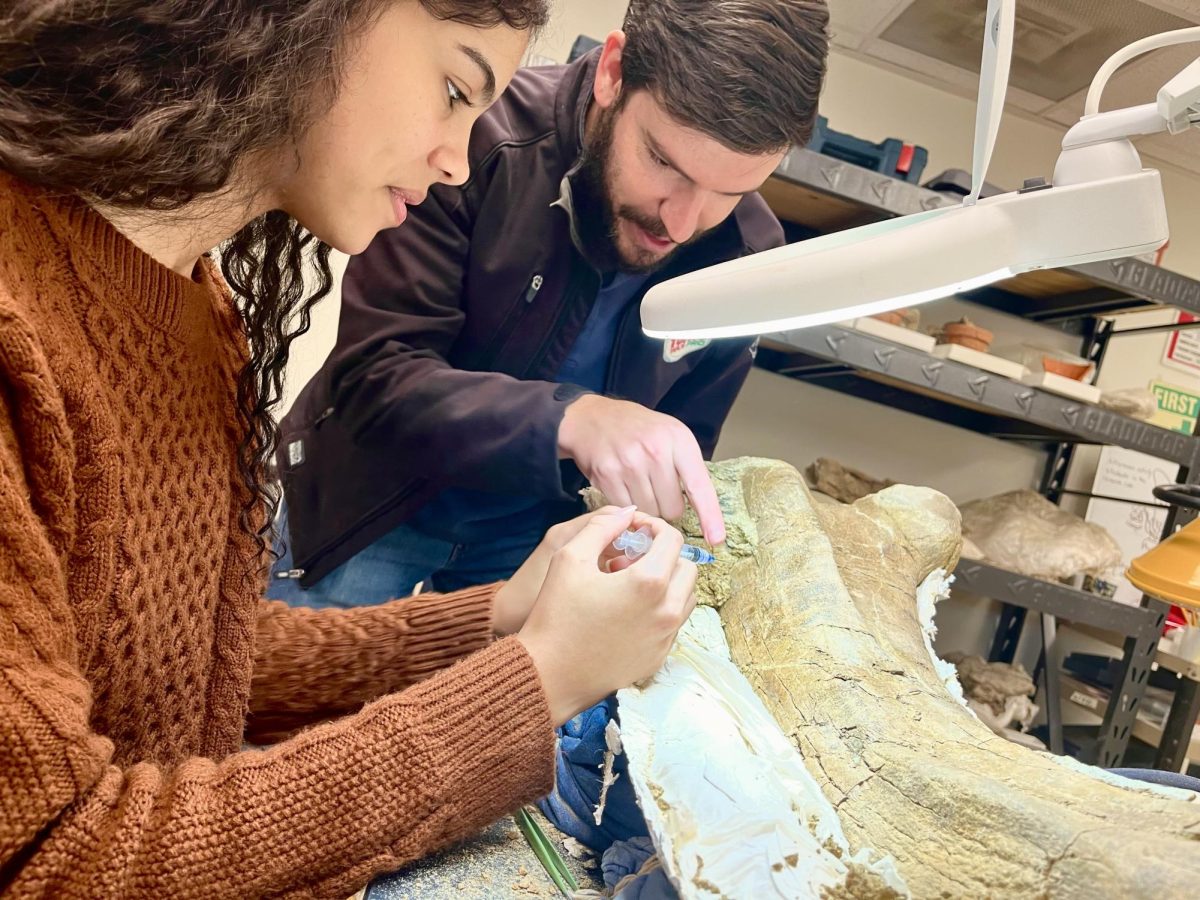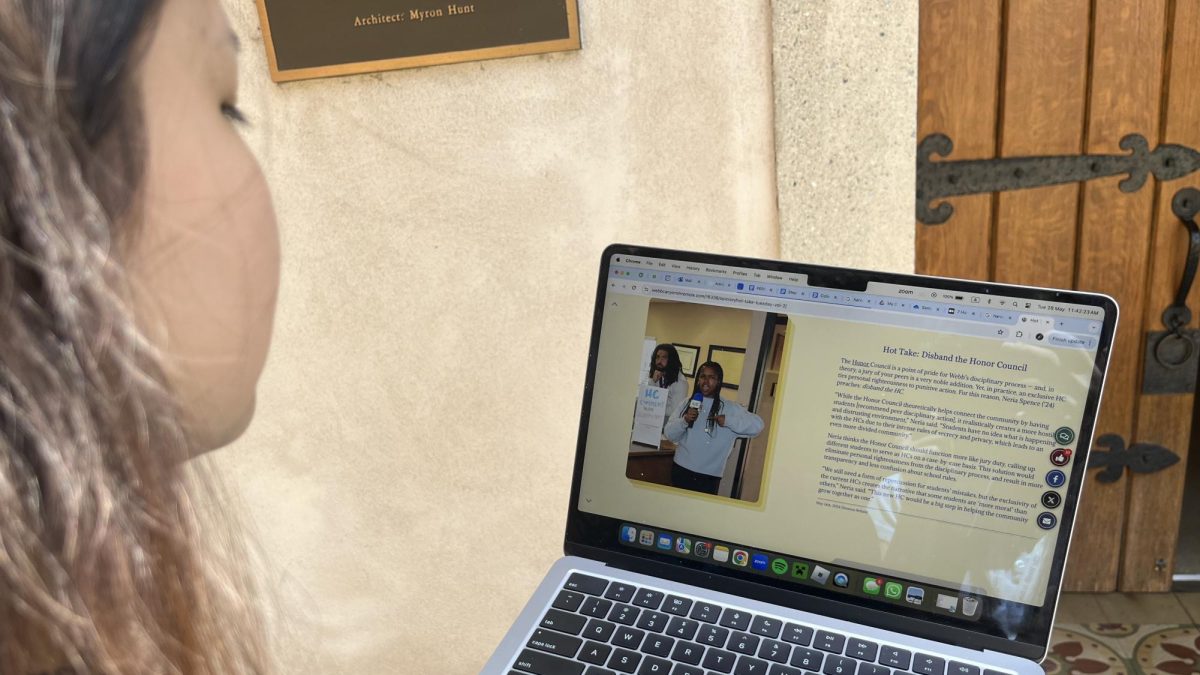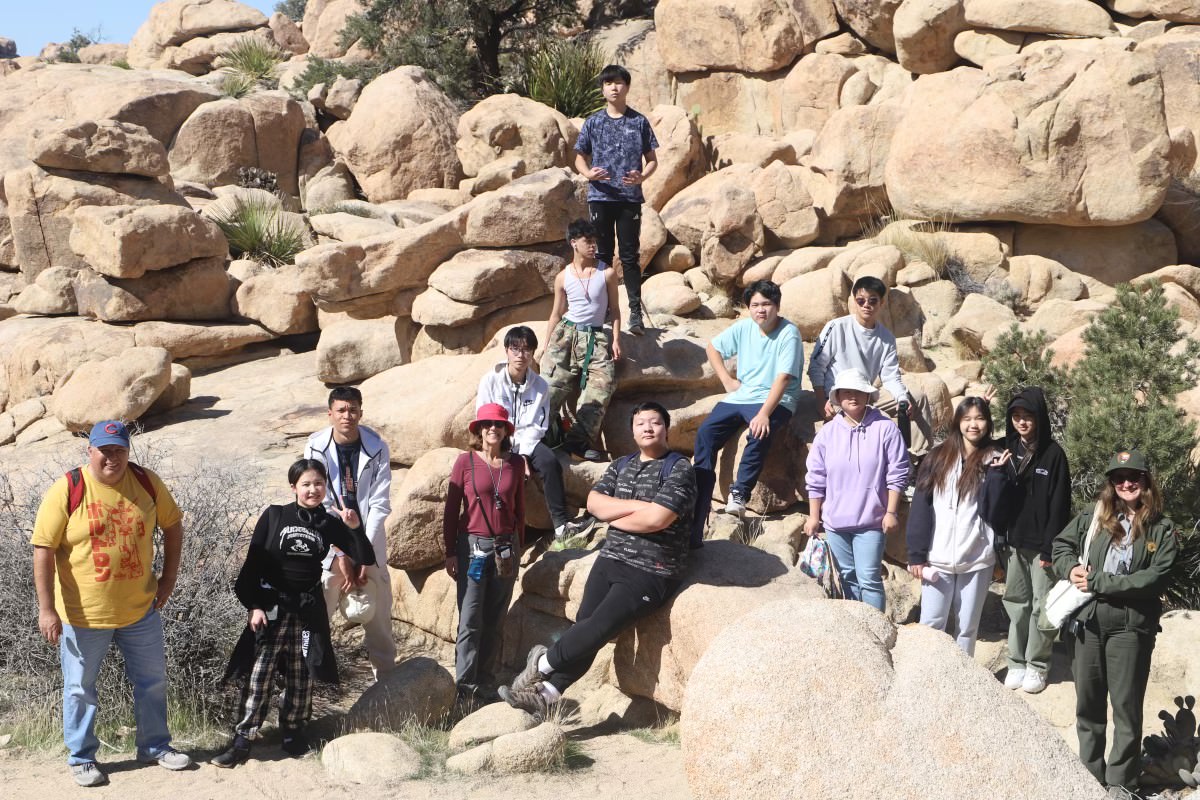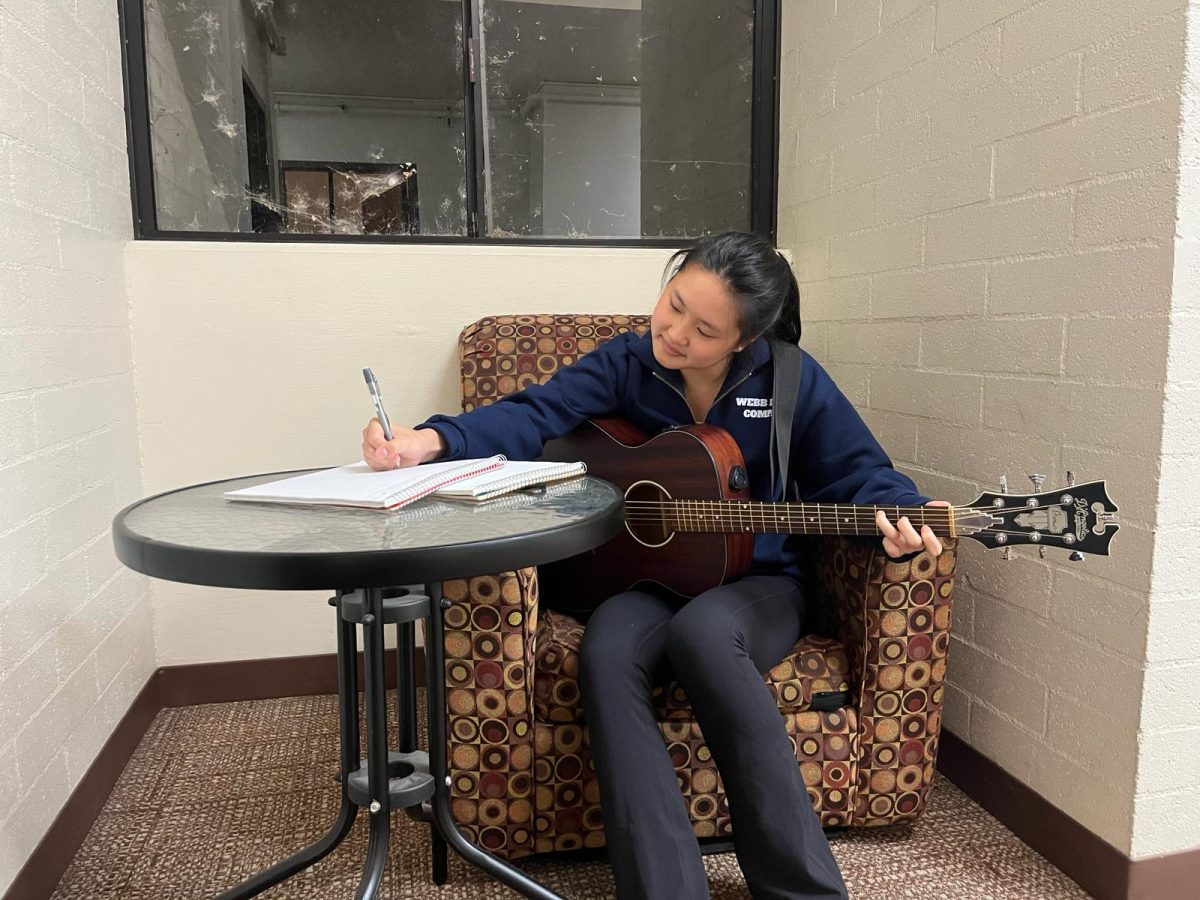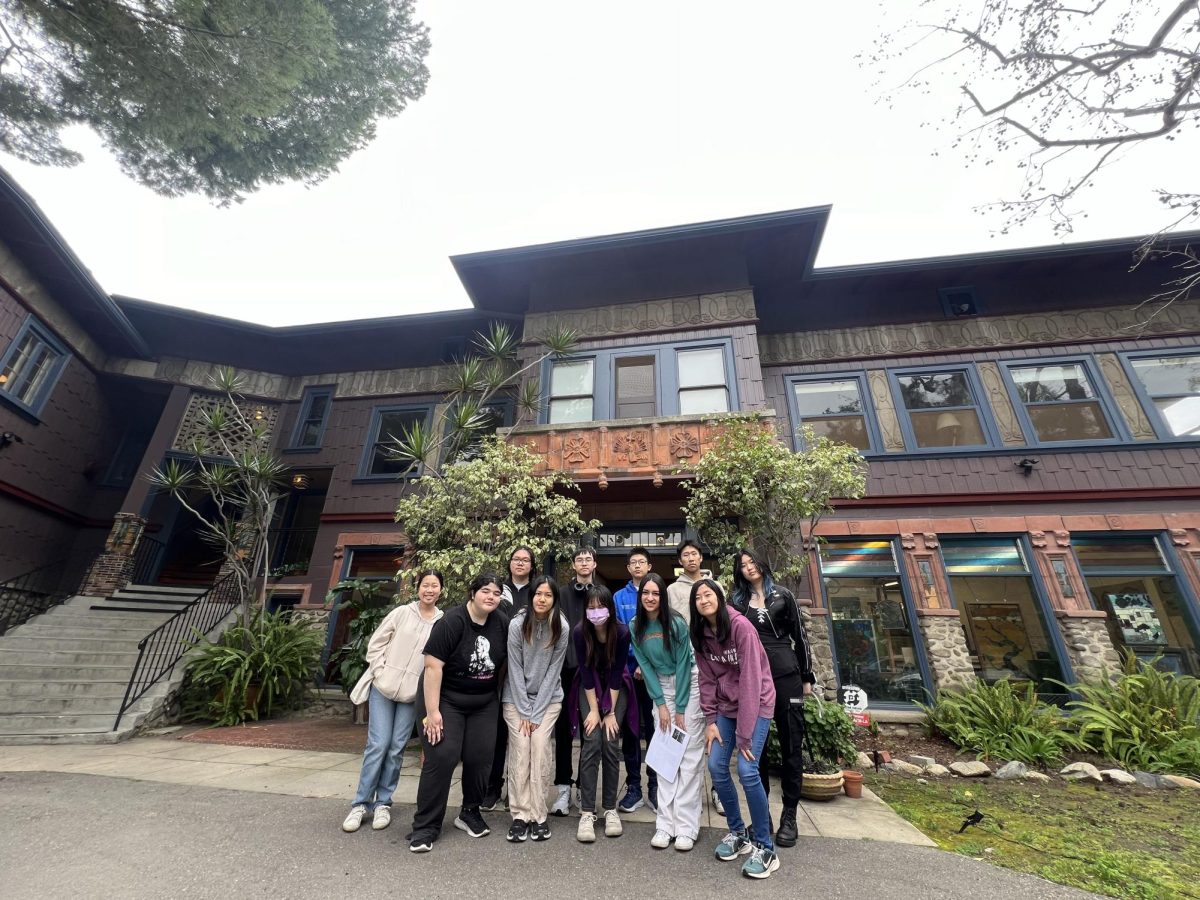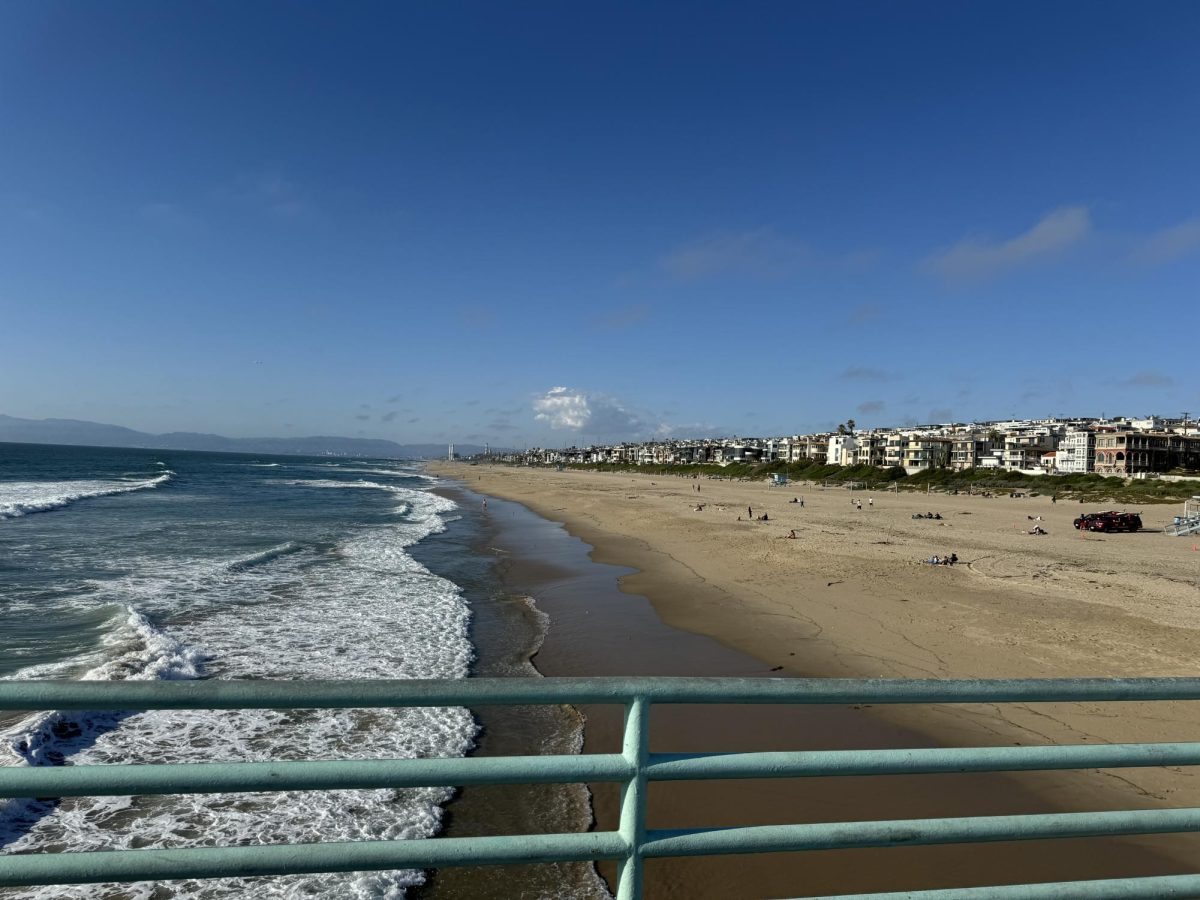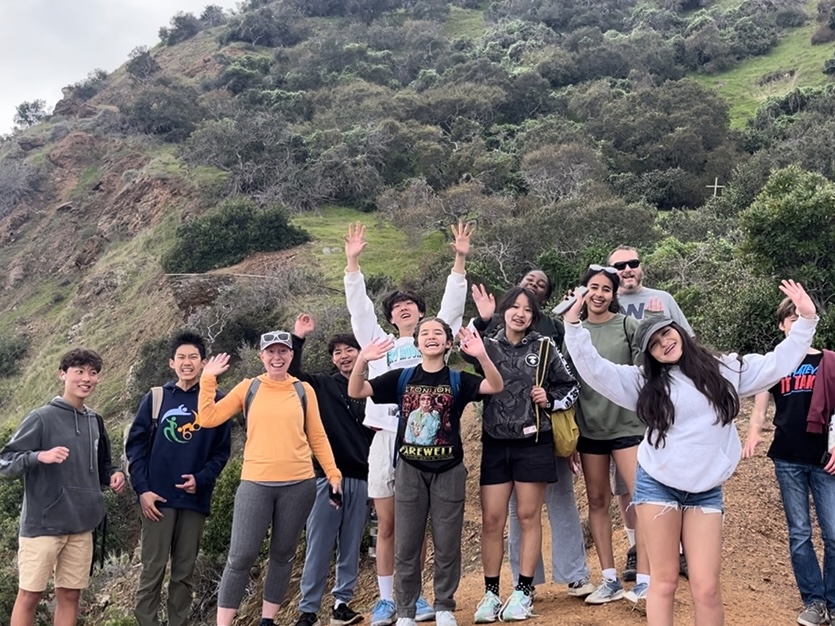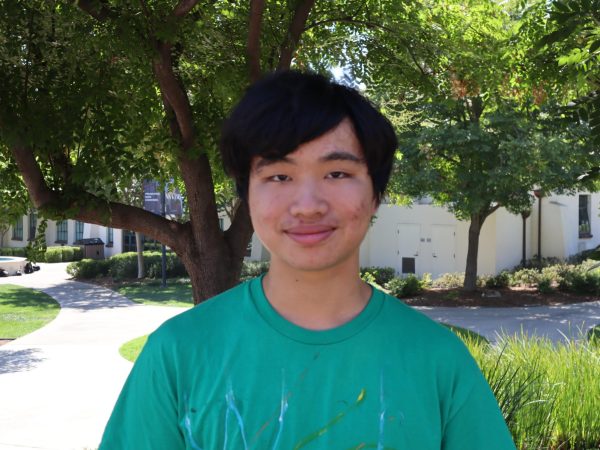“We don’t have dedicated tools for [fossil preparation],” said Jared Heuck, a curator at the Raymond Alf Museum of Paleontology. “Everyone has just figured out the best ways to do these things, and it’s pertinent that we share.”
Every lab looks different since working in a niche, yet technical field requires you to improvise, develop new methods, and learn from your peers. Heuck uses everything from toothbrushes and plaster to syringes.
But before understanding how, why prepare fossils? When a fossil arrives from the field, it almost always comes fractured and buried in rock. To study and present the fossil, you reveal its contents and reconstruct the organism that formed it while preserving it for future enthusiasts and researchers.
Paleontology provides indispensable knowledge on Earth’s past and pathways for its future, so every piece of information we can glean is important. As such, you must analyze the rock that surrounds the fossil, called the matrix, which can provide invaluable information.
“A single vertebra sitting in a prep lab is not going to have much scientific value,” Heuck said. “However, the matrix shows us the environment it came from, providing a complete picture.”
The most common tool for fossil prep is the air scribe. Air scribes resemble pens, spitting out air to vibrate the tip, which allows them to break softer rock and slowly split off chunks one layer at a time until you reveal the fossil.
While air scribing is the most visually satisfying part of fossil prep, curators use other tools for precise matrix removal, such as metal scrapers, dental equipment, or toothbrushes. These slower manual tools can remove rock without risk of damaging the fossil.
If the fossil is softer than the rock around it, you can use more technical methods, such as acid prep or baking soda. For example, Heuck cooperated with the La Brea tar pits, and the Alf Museum has become the second museum to do Asphaltic fossil preparation.
After removing the matrix, you can often glue the pieces together to form a coherent final product. Heuck uses archival polaroid glue for rough gluing and syringes to inject additional glue into small cracks, improving the structural integrity of the fossils.
Peering into the era of dinosaurs and mammals requires more than just breaking up rock; it is an collaborative and creative effort, which also reveals facets of the present and future. “A well-prepared fossil can open the door to new discoveries, and keep them available for future generations,” Heuck said.


